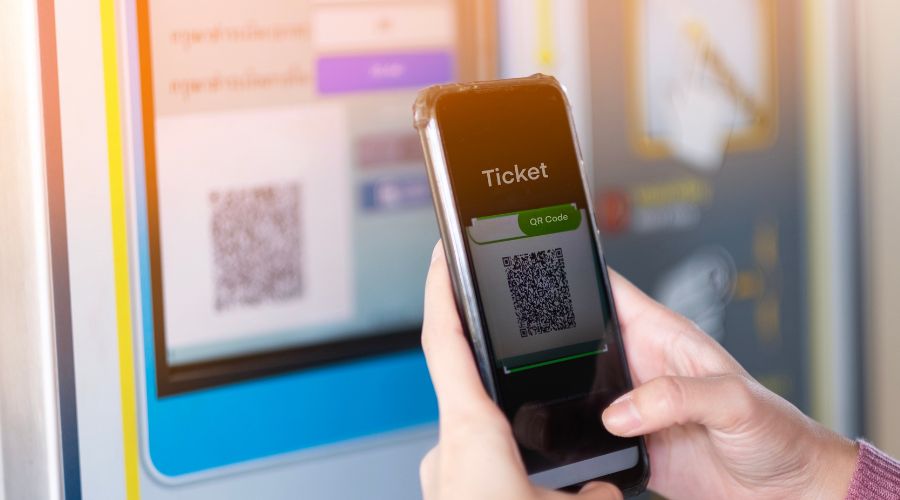You pull into a parking lot, grab the last open spot, and see a QR code right in front of you. Perfect! You scan it to pay, but the website that pops up looks shady and full of ads. You close it and find the official payment machine instead. Smart move — because when it comes to cybersecurity, even “just looking” can put you at risk.
Myth: Visiting a suspicious site is safe as long as you don’t click or enter any info.
Reality: Simply loading a malicious site can expose your device to threats like hidden downloads, browser exploits, or even data tracking — no clicks required.
QR Codes Are Everywhere
From parking meters to restaurant menus, QR codes have become part of everyday life. But that convenience also gives scammers a new way to trick people. Fraudsters can create fake codes that lead to malicious websites designed to steal data or install harmful software.
What Can Happen
- Silent Downloads: Malicious sites can install software as soon as you open them.
- Browser Exploits: Hackers can run code to access files or take control of your device.
- Data Tracking: Sites can collect details like your location, IP address, and device info for profit.
Stay Safe When Scanning
- Keep your phone, browser, and apps updated with the latest security patches.
- When possible, type the official website into your browser or find it via a search engine instead of scanning random codes.
- Always double-check URLs — fake sites often look very close to the real thing.
- Use trusted tools like VirusTotal to check suspicious links before opening them.
The bottom line: QR codes and links can be convenient — but they can also be risky. Take a few extra seconds to verify what you’re scanning, especially when making payments. A little caution goes a long way in protecting your personal information.

